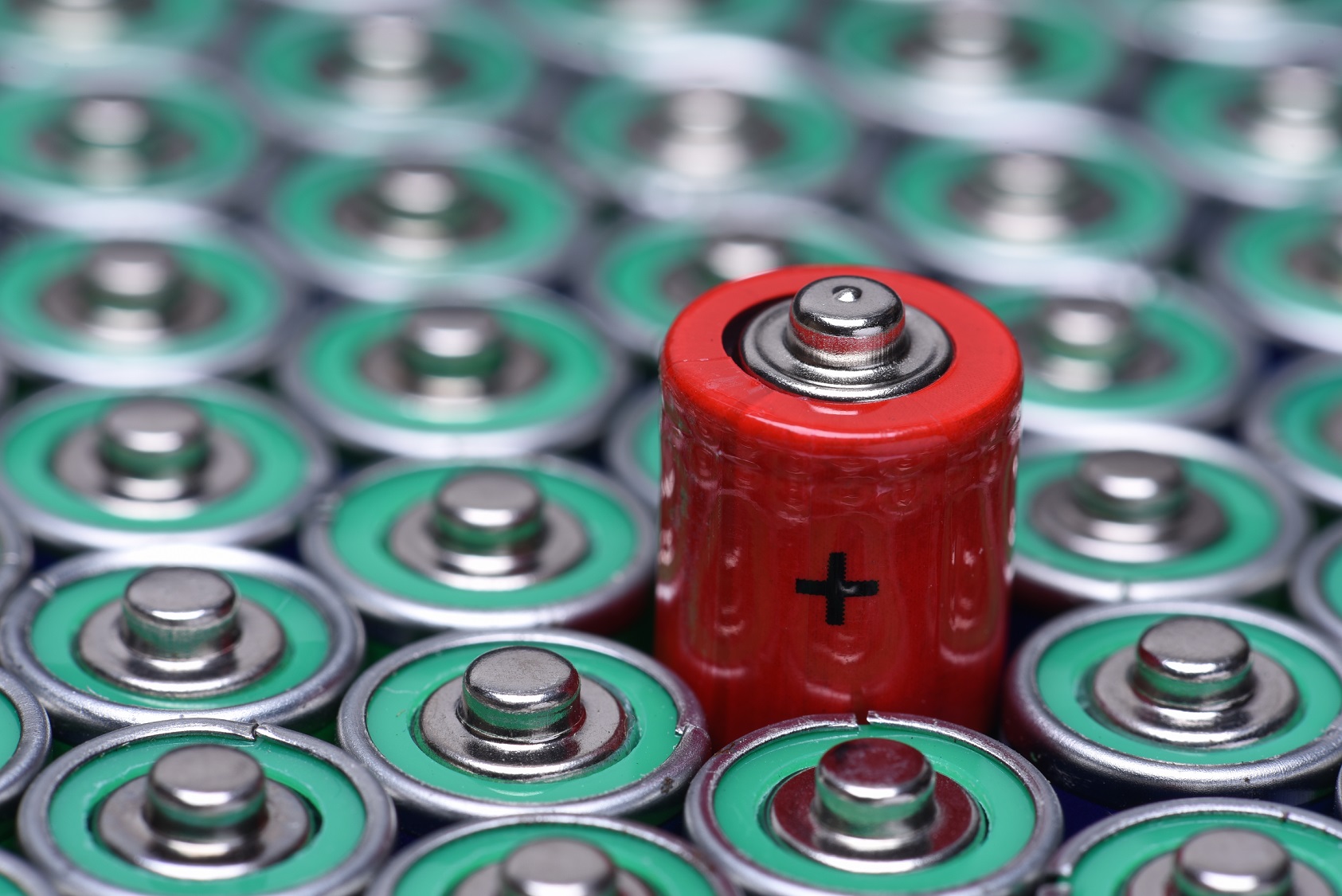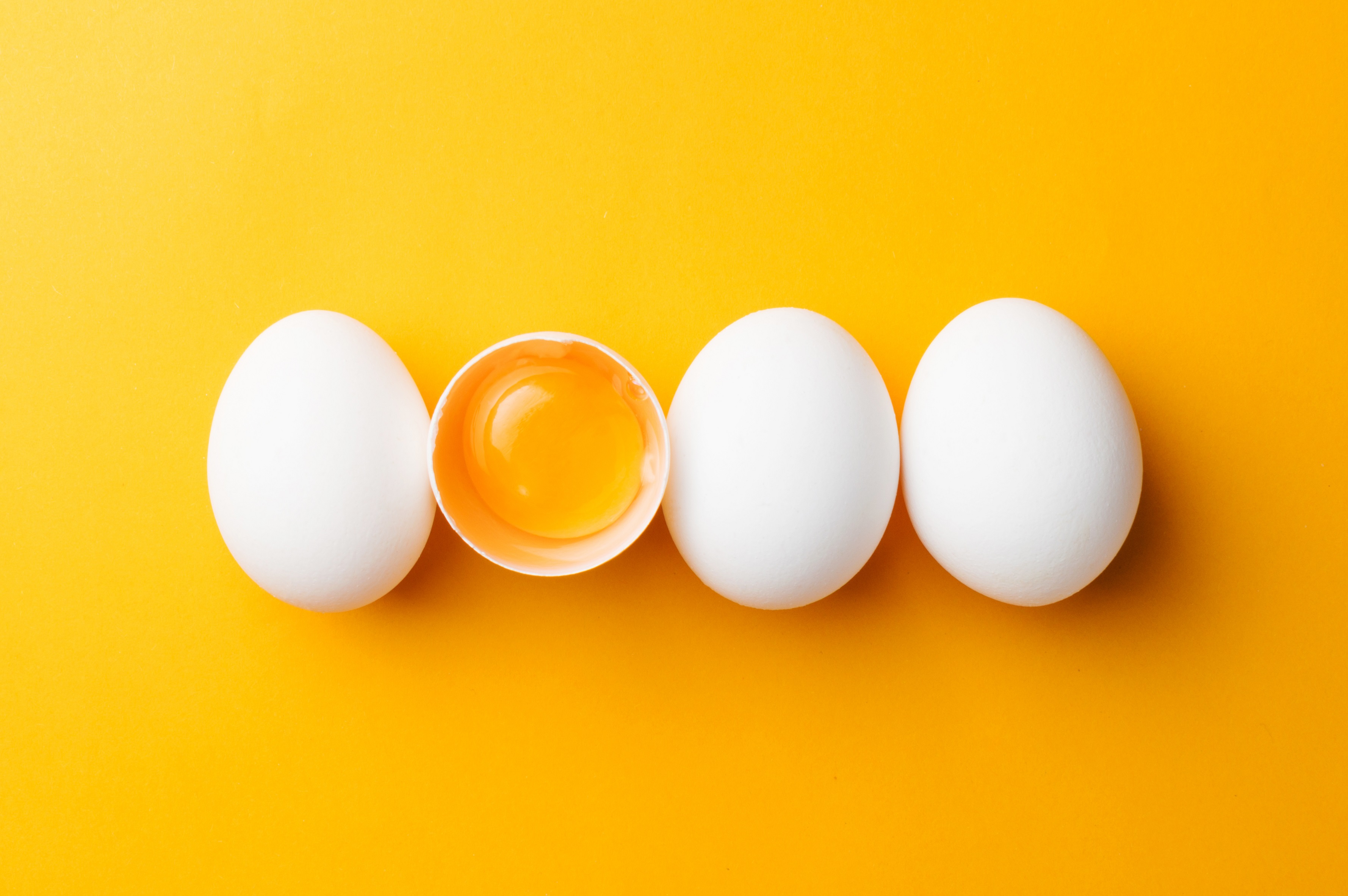How many lives does a battery have?

Without them, it would be difficult to imagine our lives. However, while working batteries provide energy for various devices, powerless batteries pose a problem. Scientists around the world are working to make their production as environmentally friendly as possible and to reuse used batteries. Among them are also researchers from Łukasiewicz – PIT, who are conducting research in a project to increase their reuse.
You only have to look around you to see how many things run on batteries – the disposable ones and the ones we charge. A phone, a laptop, a smartwatch or a regular watch, children’s toys, a razor or a cleaning robot. Most of these devices we plug into a charger, some – when they stop working – need a battery replacement. They all have one thing in common: a smaller or larger cell that powers them with the energy they need to work.
What is the difference between a battery and a rechargeable battery?
Anode, cathode, electrolyte – this is the simple recipe of a galvanic cell, known as a battery or accumulator. The anode, or negative electrode, produces electrons that travel to the cathode, or positive electrode. This movement of electrons is facilitated by the electrolyte. A current is thus generated by a chemical reaction.
Cells are divided according to whether the chemical reaction is reversible or not. In the first case, we are dealing with rechargeable batteries that only need to be charged (found in a phone or laptop, for example). In the second case, we are dealing with batteries. We can divide the two according to composition, capacity, energy density, storage time, price or shape.
The most popular batteries are alkaline, invented in 1959 by American chemist Lewis Urry. They are displacing the previously popular zinc-carbon batteries (known as ‘ordinary’ batteries), as they are much more efficient than the latter and much less likely to leak when discharged.
On the market, we still have, among others, silver batteries (used, for example, in watches or cameras), zinc-air or lithium batteries (those with a solid cathode can be found in small electrical appliances, those with a liquid cathode – in appliances that need more power).
The most popular batteries now are lithium-ion, used both in mobile phones and electric cars. Obviously, the ones in vehicles are larger, more durable, equipped with special heating and cooling systems (the optimum temperature for lithium-ion cells is 10-25 degrees C), and they also charge faster.
Life and death
Batteries and rechargeable batteries give life to many appliances, but when they themselves become discharged or worn out, they become a problem. Because they are hazardous waste. And we produce a lot of it – every year, Poles use almost 300 million galvanic cells, 9 out of 10 of which are batteries.
So let’s return to chemistry, but no longer to reactions, but to elements such as mercury, lead, nickel, cadmium, zinc or lithium. One small button cell battery can contaminate up to 1 cubic metre of soil and up to 400 litres of water. One tonne of used batteries contains on average 270 kg of manganese dioxide, 210 kg of iron, 160 kg of zinc, 60 kg of graphite, 3 kg of mercury, 0.5 kg of cadmium and several kilograms of lithium and nickel.
Left in the landfill, they pollute the air, soil and groundwater. Indirectly, they can therefore also affect human health.
Because of their harmfulness, batteries cannot be disposed of in normal rubbish. Since 2009, they have all had to be recycled in Poland. There are special containers for them in many shops, and they can also be left at selective collection points for municipal waste.
While improperly discarded batteries are a huge problem, recycled batteries are a valuable source of raw materials. More than 99 per cent of the materials used to make them – copper, iron, nickel, cobalt, cadmium or aluminium, as well as paper and plastic – can be recovered.
The process of recovering them is itself quite complicated and depends on the type of battery. First, they are shredded and divided into fractions: light, heavy and harmful substances. These differ physically. Then – using various physical or chemical methods – the metals are recovered.
The light fraction consists of, for example, paper, tar or silica. These can be reused as an alternative fuel. The heavy fraction includes metals, sulphuric acid, refined lead and its alloys. These too are used in many industries. A third fraction – harmful substances – is stored or disposed of.
How to give a second life?
The life of a lithium-ion battery in a phone is estimated to be 2-3 years, depending on how intensively it is used. A car one has a longer life – a minimum of 8 years. As hybrid and electric cars become more and more popular, repurposing batteries from them is becoming an increasingly serious challenge. As recently as 2020, electric cars accounted for 10.5 per cent of the European market. The organisation Enviroment & Transport estimates that in two years’ time, it will already be 21 per cent, and in 2030 – 54 per cent. This is due, among other things, to EU plans to achieve climate neutrality in 2050 and a ban on the sale of new cars emitting carbon dioxide, due to come into force in 2035.
It is estimated that in 2030, 90 per cent of lithium-ion batteries will be installed in cars. In the same year, 100,000 tonnes of previously installed batteries will come to the end of their life [in this section we use the word battery interchangeably with rechargeable, bearing in mind that they are different cells]. What to do with them? The markets have not yet developed models for collecting them efficiently and safely, nor for reusing them (after all, used here means still having 80 per cent of its original capacity). Indeed, they can be used in two ways – either as an energy reservoir (which power grid operators are keen to buy) or by recycling.
Researchers from Łukasiewicz-Poznan Institute of Technology and other companies and institutions (including the French Commissariat à l’énergie atomique et aux énergies alternatives – which is leading the project, Skoda Auto AS or Renault SAS) are working on the development of a reverse logistics model for these batteries. The BatteReverse project aims to create a new generation of reverse logistics for lithium-ion batteries. That is: faster ways of discharging and diagnosing them, safer and cheaper methods of packaging and transport, an automated process for sorting and shredding them, and a more precise evaluation in the context of reuse. The project will also develop a dedicated platform to track the circulation of batteries (which have a passport) and share this data. All with the aim of creating more sustainable, safe and cost-effective reverse logistics for these cells. The BatteReverse project partners want to increase the percentage of reused batteries to 50 per cent and their recycling efficiency to 70 per cent by 2026.
The task of the Łukasiewicz – PIT researchers is to develop a digital twin reflecting the reverse logistics process and to create a standardised tagging system for batteries from electric vehicles.
Will we not run out of lithium?
The recovery of the compounds and elements that make up batteries is important for yet another reason – the growing popularity of electric vehicles. As a result, the demand for the elements from which lithium-ion batteries are made has increased enormously. These include lithium, nickel, cobalt and graphite, the extraction of which is increasing along with their prices on world markets.
However, their extraction also has other costs. Lithium occurs widely in nature, but not in its pure form. It is therefore extracted from rocks (as lithium silicate) or from salt lakes (lithium carbonate or lithium chloride). 50-70 per cent of the world’s reserves of this element are found in Bolivia – the Salar de Uyuni salt pans, a remnant of a salt lake in the Andes. Despite being one of Bolivia’s biggest tourist attractions, the Bolivian government signed a deal a few years ago with a German company to mine lithium there. Demonstrations have swept through Bolivia to protest against these plans, fearing the irreparable destruction of the ecosystem and landscape. Construction of the mine is due to start in August this year, with the deposits to be exploited eventually by a Chinese company.
Lithium mining also involves a huge consumption of water – it is estimated that three and a half million litres of water must be used for one kilogram of the mineral. In 2018, a spill at a lithium mine in the Tibetan town of Tagong caused the deaths of thousands of fish and larger animals, such as yaks. The mining of lithium, but also, for example, nickel, also causes a lot of air pollution with dust containing, among other things, these elements.
Half of the world’s cobalt reserves are located in the Democratic Republic of Congo. Some of the mines are owned by multinationals, but 25-40 per cent are so-called artisanal mines, where children also work (40,000 according to UNICEF estimates). Both children and adults mine cobalt with their bare hands, working for a dollar or two a day in dangerous conditions. They have no protective clothing or masks, suffer from, among other things, cobaltosis, a deadly lung disease, and live in one of the most polluted regions in the world.
Take care of your batteries
How do you make the battery in your phone or other device last as long as possible? You may want to look at the manufacturer’s websites for specific tips, but it is worth sticking to a few universal rules.
- Firstly, don’t discharge to 0 per cent. It’s not those times or batteries anymore. A charge level of 15-20 per cent (depending on the device) is a sign that it should be connected to a charger. The optimum charge is between 40 and 80-90 per cent and, with lithium-ion batteries, we don’t need to be afraid of charging to 100 per cent. Nor of leaving the phone connected to the charger overnight.
- Secondly, disable background apps, delete unused ones and disable background app refresh.
- Thirdly, reduce the screen brightness, enable it to adjust automatically, select dark mode.
- Fourth, disable location in many apps that use it, although you don’t necessarily use them. GPS uses a lot of power. So does the option to search for Wi-Fi networks.
- Fifth, turn off unnecessary notifications and vibrations.
- Sixth, use original chargers.
- Seventh, ensure that the device is operating at the optimum temperature (each manufacturer provides a range).




